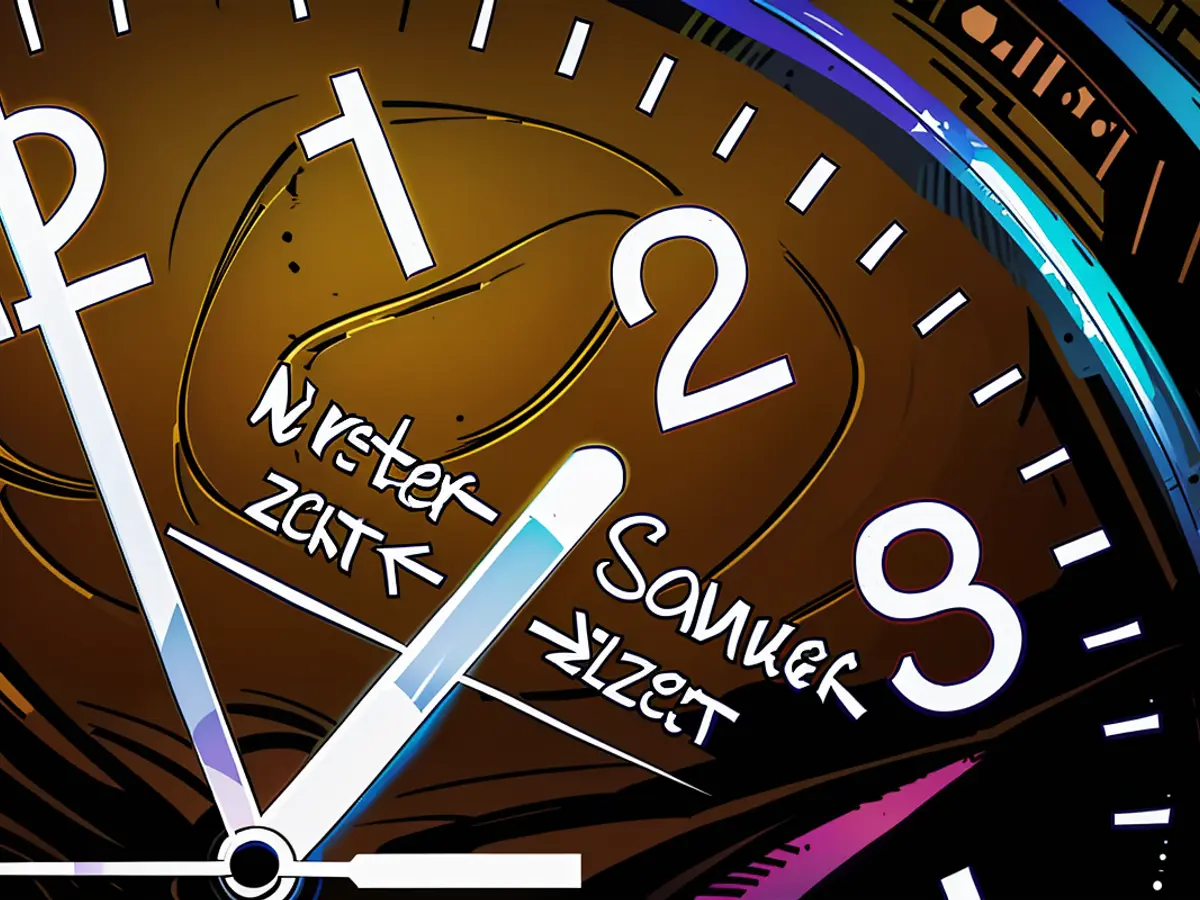Every Sunday evening, daylight savings time results in the clocks being adjusted backwards once more.
On a Sunday night, the time shift happens: At 3:00 AM, the time moves backward by an hour from daylight saving time to Central European Time. This results in brighter mornings and darker afternoons. Many individuals express exhaustion with this recurring change and advocate for its termination.
Though the additional hour on a Sunday might not bother many, surveys frequently indicate that the transition to daylight saving time in the spring and the return to standard time in the fall is widely disliked. Around 75% of participants think the change is unnecessary and should be abolished. Some also mention health complications, such as sleep disturbances.
Detractors of the time shift point out the strain on health and the fact that it no longer meets its initial objective. Originally, the concept was to save energy during the bright summer months by advancing the day by an hour, thereby reducing the need for lighting and subsequently electricity. However, energy savings are minor, according to studies.
The EU has been contemplating an end to the time shift for several years now. In 2018, the European Union proposed to cease this practice, with the European Commission submitting the relevant bill. Even the European Parliament agreed, but postponed the planned end of the time shift from 2019 to 2021. Regrettably, the member states did not adhere to these plans and put them on hold.
Although some argue that the energy savings from daylight saving time are minimal, others suggest that the practice should be reconsidered due to its impact on other aspects. For instance, the transition between daylight saving time and standard time often involves machinery with parts of circular cross-section, such as bearings and gears, which may require adjustments to account for the change in time.








